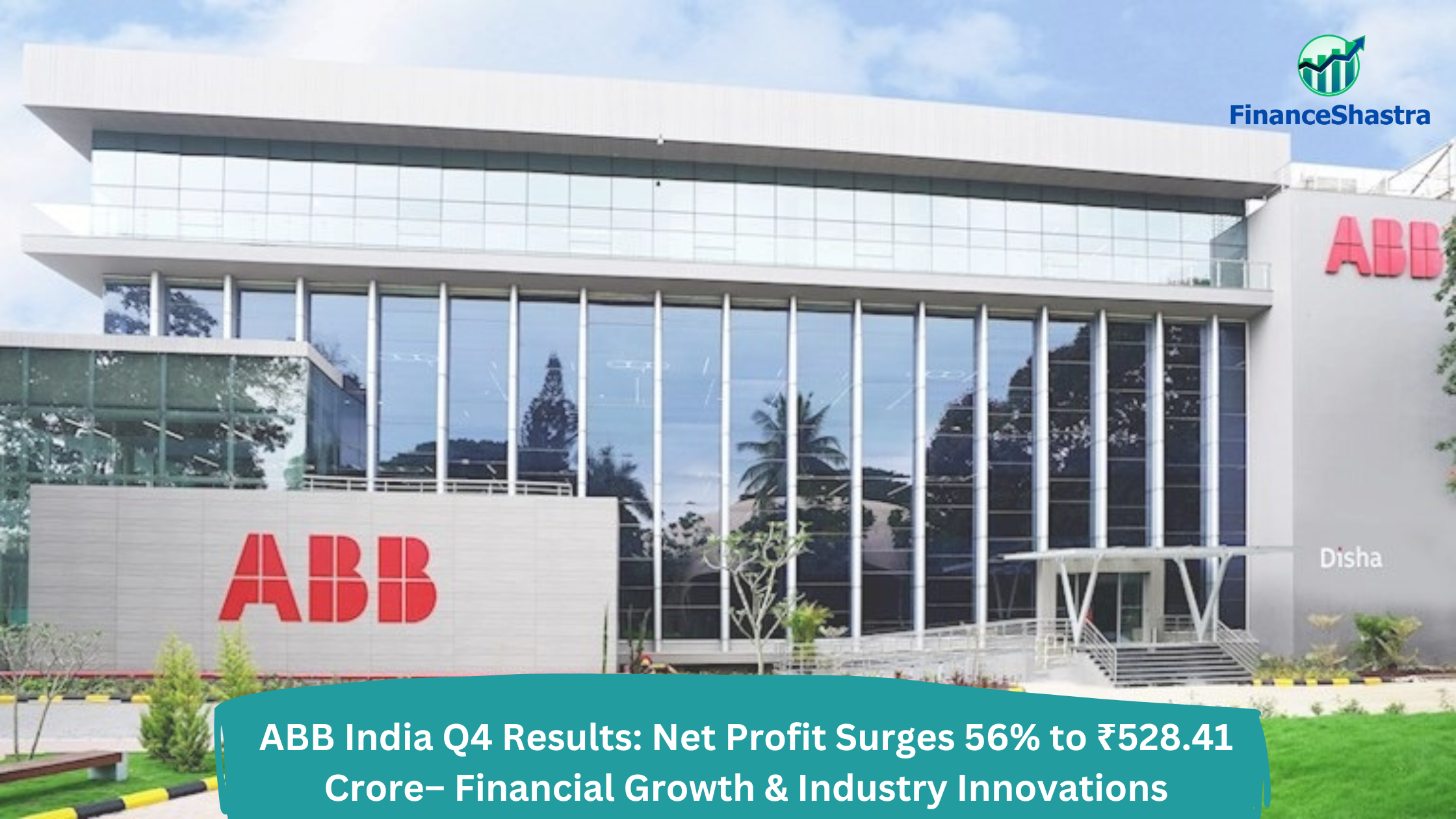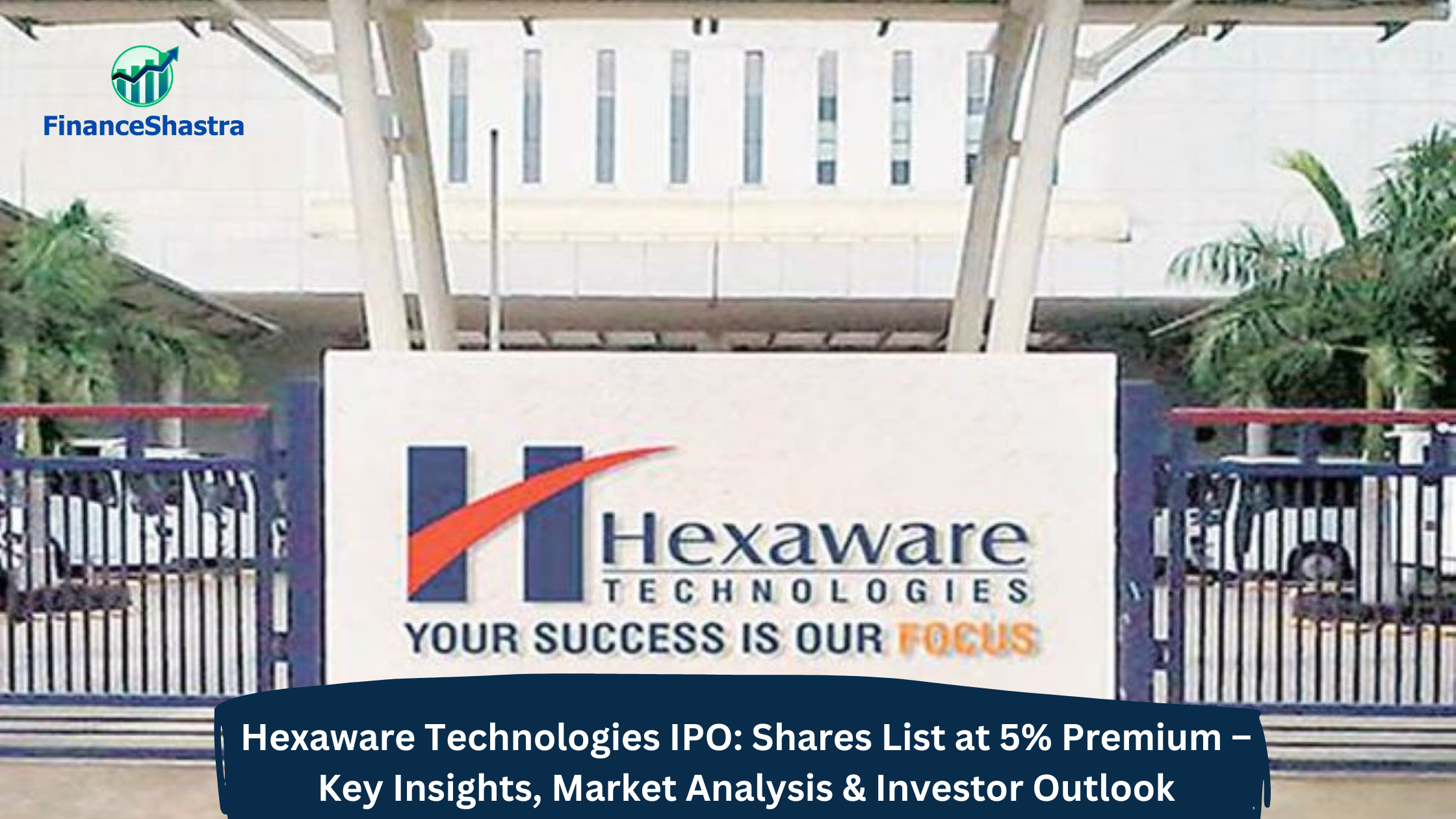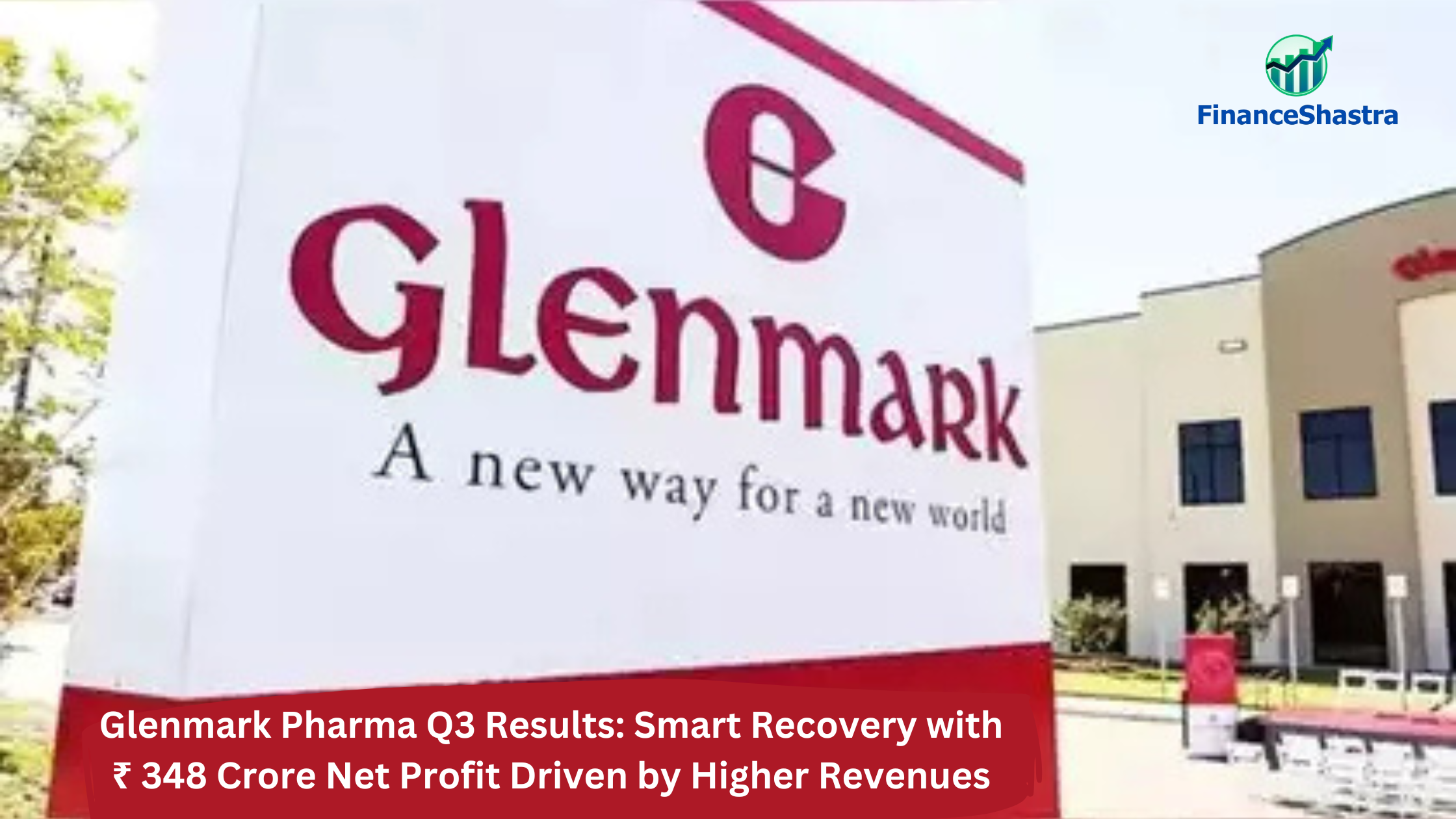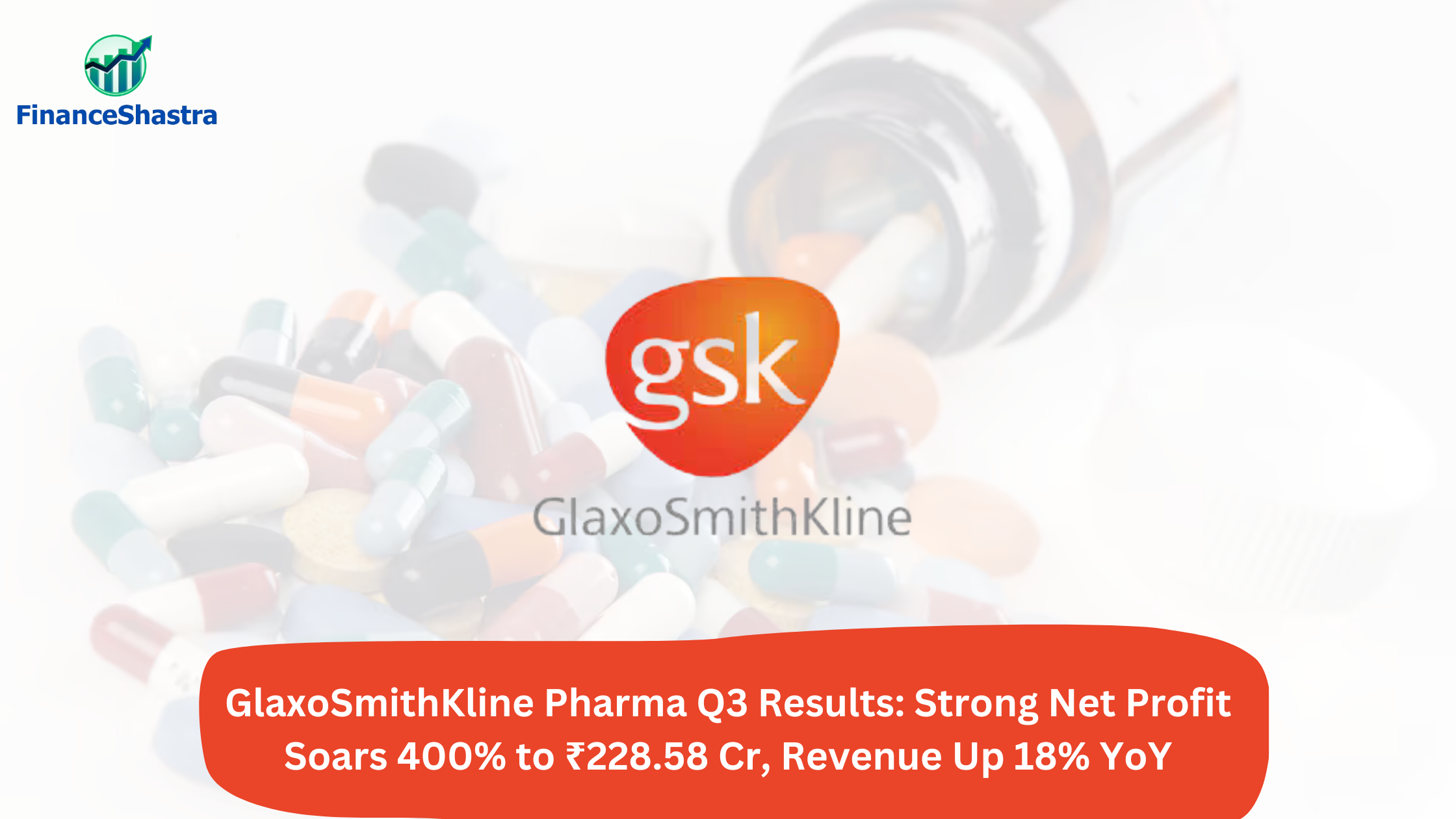ABB India Q4 Results: Net Profit Surges 56% to ₹528.41 Crore– Financial Growth & Industry Innovations
Business and Industry Overview:
ABB is a Swiss technology leader in electrification and automation. Its solutions connect engineering know-how and software to optimize how things are manufactured, moved, powered, and operated. ABB has over 140 years of excellence. With more than 105,000 employees, it is driving innovations that accelerate industrial transformation. ABB India Limited is an integrated power equipment manufacturer supplying a complete range of engineering, products, solutions, and services in Automation and Power technology.
With the advancement in artificial intelligence, most of the work that does not require human intelligence is done by automation. The industry is booming on an developing country like india as there is a huge require of skills workforce at a cheaper rate to strive in a industry with so much competition. The India Industrial Automation Market size is estimated at USD 17.28 billion in 2025, and is expected to reach USD 33.64 billion by 2030, at a CAGR of 14.26% during the forecast period (2025-2030). And ABB provides inovative solutions and is a major player in the industry. It is in various industrial automation segments like manufacturing, power generation, infrastructure, and more.
Segmental information:
Electrification: ABB’s Electrification business offers a wide range of products, digital solutions, and services, from substation to socket, enabling safe, smart, and sustainable electrification. Offerings encompass digital and connected innovations for low- and medium-voltage, including EV infrastructure, solar inverters, modular substations, distribution automation, power protection, wiring accessories, switchgear, enclosures, cabling, sensing, and control. Its offerings include digital and connected innovations for low- and medium-voltage, including EV infrastructure, solar inverters, modular substations, distribution automation, etc.
Motion: ABB’s Motion business is the largest supplier of drives and motors globally. They provide customers with a complete range of electrical motors, generators, drives, and services, as well as integrated digital powertrain solutions. They also serve a wide range of automation applications in transportation, infrastructure, and the discrete and process industries. It is the largest supplier of drives and motors globally. It has a complete range of electrical motors, generators, drives and services, as well as integrated digital powertrain solutions.
Process Automation: ABB’s Process Automation business offers a broad range of solutions for process and hybrid industries, including industry-specific integrated automation, electrification and digital solutions, control technologies, software, and advanced services, as well as measurement & analytics and marine offerings. Process automation is 2 in the market globally. Working closely with customers, ABB’s Process Automation business is writing the future of safe and smart operations. They offer a broad range of solutions for process and hybrid industries, including industry-specific integrated automation, electrification and digital solutions, control technologies, software and advanced services.
Robotics & Discrete Automation: ABB’s Robotics & Discrete Automation business provides value-added solutions in robotics, machine, and factory automation. Our integrated automation solutions, our application expertise across a wide scope of industries, and our global presence deliver tangible customer value. Our focus on innovation includes extensive work in artificial intelligence, an ecosystem of digital partnerships, and the expansion of our production and research capabilities through our $150-million investment in a new world-class robotics factory in Shanghai. This segment provides value-added solutions in robotics, machine and factory automation.
Subsidiary information:
ABB India is a subsidiary of ABB Ltd which is a leading electrification and automation company globally. It derives significant benefits from its parent in the form of access to centralised R&D facilities of ABB for which it pays royalty to ABB. ABB also provides management support through delegates on the board of ABB India. [1]
Latest Stock News:
ABB has recently introduced ABB Ability SmartMaster, an asset performance management platform for real-time verification and condition monitoring of industrial instrumentation. Additionally, in February 2024, the company launched the ACH180 compact drive, designed for HVACR applications to enhance energy efficiency. In a strategic move to advance 3D printing in the Indian construction sector, ABB Robotics partnered with Simpliforge Creations, aiming to improve automation and efficiency. Furthermore, ABB expanded its digital presence with ABB eMart, an e-commerce marketplace featuring 6,000+ products, providing better accessibility for B2B and B2C customers in Electrification, Motion, and Industrial Automation.
ABB India achieved its highest-ever annual order book of ₹13,079 crore and revenue of ₹12,188 crore for the full year. In Q4, the company’s net profit rose to ₹528.41 crore, up from ₹338.68 crore a year ago, driven by 22% revenue growth to ₹3,364.93 crore. This marked the highest December-quarter revenue in five years. Sequentially, net profit increased by 20%, while revenue grew 16% compared to the previous quarter. The company’s board also approved a final dividend of ₹33.50 per share for the financial year ending December 31, 2024, subject to shareholder approval. ABB India follows a January-December financial year.
Q3 highlights :
- Revenue grew 22% YoY to ₹3,364.93 crore; net profit surged 56% YoY to ₹528.41 crore.
- Net profit increased 20% QoQ, while revenue rose 16% QoQ.
- Board approved a final dividend of ₹33.50 per share, pending shareholder approval.
Financial Summary:
| Amount in ₹ Cr | Q3 FY24 | Q3 FY25 | FY23 | FY24 |
| Revenue | 2,757.00 | 3,365.00 | 10,447 | 12,188 |
| Expenses | 2,340 | 2,708 | 8,945 | 9,883 |
| EBITDA | 417 | 657 | 1,501.00 | 2,305.00 |
| OPM | 15% | 20% | 14% | 19% |
| Other Income | 71 | 83 | 289 | 350 |
| Net Profit | 339.00 | 528.00 | 1,242 | 1,872 |
| NPM | 12.30 | 15.69 | 11.89 | 15.36 |
| EPS | 15.98 | 24.94 | 58.61 | 88.33 |










